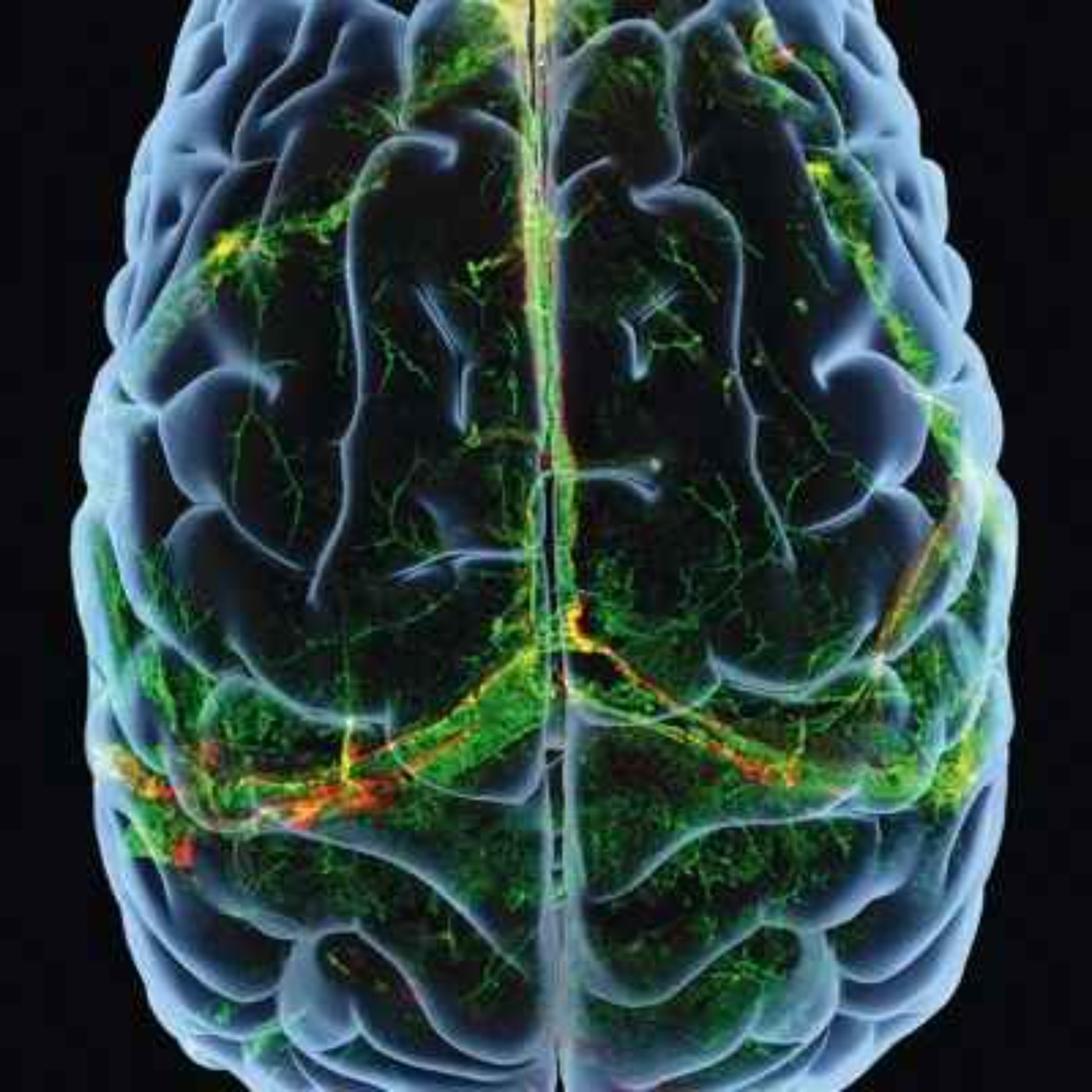Burst activation of dopamine neurons produces prolonged post-burst availability of actively released dopamine.
Description
For years now, scientists have noticed a rather strange phenomenon in animal models: scientists would stimulate dopamine production in the brain, but once the stimulation was over, the dopamine would remain. Bita Moghaddam is chair and professor of behavioral neuroscience at Oregon Health and Science University. She says that when dopamine is released, dopamine transporters take the dopamine back up into cells so it can be synthesized and broken down. So scientists had assumed that the dopamine that remained for those twenty minutes was just leftover dopamine from the original activation. But in theory the dopamine transporters should be more efficient in taking up the dopamine. For information regarding your data privacy, visit acast.com/privacy
More Episodes
There’s a hormone called ghrelin that’s secreted in the stomach, and when someone is hungry it contributes to that feeling of hunger and the need to search for food. But neurological studies have suggested that ghrelin might also play a role in compulsivity and impulsivity, and it might be...
Published 05/06/24
Dr. Nicole Petersen is an assistant professor in the department of psychiatry and behavioral sciences at UCLA. Her commentary is a new paper in the journal Neuropsychopharmacology, called “Spotlighting SHAPERS: sex hormones associated with psychological and endocrine roles.” Dr. Petersen starts...
Published 03/05/24
Serotonin is a critical chemical when it comes to a number of psychiatric conditions, such as OCD, where it seems to play a particular role in cognitive flexibility. That is, serotonin levels are related to the fact that someone is perseverating on intrusive thoughts or compulsions and isn’t able...
Published 01/04/24


